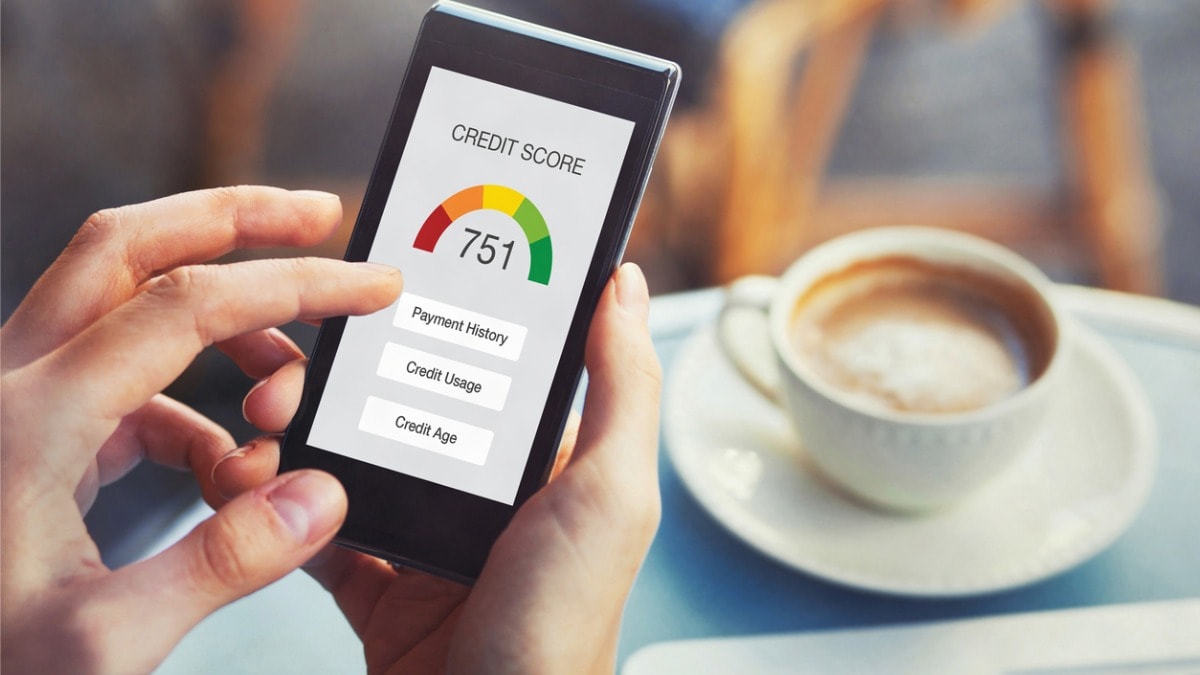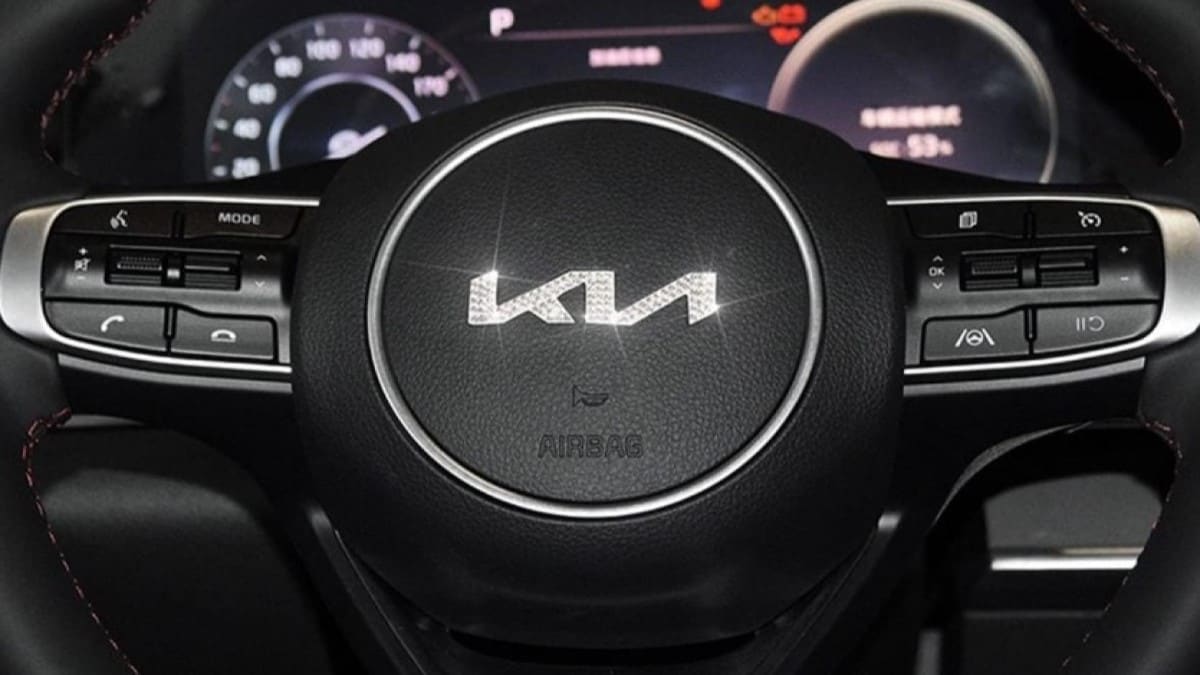Quick Facts About Your Credit Score
New and used car prices, along with interest rates, remain high. Credit remains tight. Consequently, the health of your credit score is more important than ever when borrowing money for a car loan.
Why? Lenders use your credit score to determine creditworthiness and risk. The higher your score, the lower the risk you pose, the more you can borrow, and the lower the interest rate a lender will charge you on a car loan. In other words, lenders base your qualification for a loan, the loan limit, and the interest rate for borrowing that money on your credit score.
According to data recently gathered by Cox Automotive (Kelley Blue Book’s parent company), the price of the average new car recently reached around $48,000. With prices about 20% higher since 2020, the odds are that many of us will not be paying cash for a vehicle. Used car buyers paid an average of $26,500.
So it might be time to polish up that credit score. However, many of us remain a little fuzzy on how credit scores work and how they affect our ability to finance or lease a car. If you plan to pay cash for your next new or used car, you can probably stop reading here. However, if you are like most Americans, you will need to borrow at least some amount of the cost of your next vehicle.
Let’s look at credit scores and familiarize ourselves with essential terms and tips to help you improve yours. Only then will we understand how it impacts our capacity to borrow for loans, including for your next used, new, or leased vehicle.
What Is a Credit Score?
Your credit score is a snapshot of your creditworthiness at any given moment. It is a finger on the pulse of your ever-changing financial health. We use the term “ever-changing” because each on-time payment you make for a utility or other bill, each purchase you put on a credit card, each late payment, and so on affects your financial health. Consequently, your credit score can change with every update.
Before the wide acceptance of credit scores, lenders had to research a borrower’s history physically. They phoned the local credit bureau to determine where a borrower had open accounts and then phoned them one by one to learn the borrower’s latest payment history. Today, lenders don’t need to do all that heavy lifting because it’s consolidated for them into a credit score. It’s one-stop shopping for credit history gathering.
Three national credit bureaus collect and report your credit activity:
- Experian
- Equifax
- TransUnion
The credit bureaus might score the same borrower differently at any time because each receives information at a different pace. Moreover, a lender may report to one or two but not all three. However, your score shouldn’t vary more than a few points when comparing one to the other.
Your takeaway should be that credit bureaus regularly update your credit information. Therefore, your credit score can change each month and will vary from year to year. It pays to check your score every few months.
What Does a Credit Score Look Like?
There are two basic types of credit scores: FICO and VantageScore. We will look more closely at each below. Each frames a credit score as a 3-digit number from 300 to 850. Spoiler alert: The closer your score is to 850, the better a lender will feel about you as a loan risk.
The hitch is that these competing companies use a somewhat different formula for computing your credit score. However, they consider the same factors. They arrive at different scores because they weigh the various factors differently.
How To Check Your Credit Score
Before trying to finance a car (or anything, for that matter), you must know your credit score. But how do you do that? A good place to start is your credit card issuer, credit union, or bank. Many provide credit scores to customers and depositors as a free service.
You can also reach out to Experian, Equifax, or TransUnion with a credit report request. By law, each year, they must supply a free credit report to any consumer requesting one.
What Is a Good Credit Score?
According to Experian, a FICO or VantageScore average of 700 or above is good. However, things are never that simple, right? For example, Experian considers a credit score from 661-780 as Prime. This score is in a rating system that includes Deep Subprime 300-500, Subprime 501-600, Nonprime 601-660, Prime 661-780, and Superprime 781-850.
For car shoppers, Experian places the average credit score for financing or leasing a new car in the third quarter of 2023 at 735. In the same quarter, it was 690 for used car financing. Just over 34% of new and used car loans and leases that quarter went to borrowers with a credit score of less than 661.
What Is a Bad Credit Score?
A score below 600 is bad on the credit score models. According to Experian, borrowers with a credit score of 600 or below accounted for about 15% of new and used car loans in quarterly reports.
What Credit Score Do I Need To Buy a Car?
Your best odds of securing a conventional car loan are with a credit score of over 660. However, if your score is above 600, it’s worth shopping lenders. You might strike gold.
Regardless of your score, we recommend you test the water at a few banks, credit unions, and finance companies to see if you can qualify for financing and, if so, how much. The more money you can muster as a down payment, the better your chances of getting a vehicle loan.
TIP: According to Experian, getting prequalified for a car loan does not affect your credit score. It’s considered a “soft credit inquiry.” So, go ahead and shop around for car loan financing.
What Factors Affect Your Credit Score?
The factors both FICO and VantageScore use to calculate credit scores are no secret. Moreover, they make perfect sense. However, they weigh each factor differently. Check out the list:
- Estimated Debt to Income — This is the total of your minimum monthly payments on credit cards, loans, and leases versus your gross monthly income, which is your income before expenses.
- Payment History — Any late payments, collections of bad debts, and negative public filings fall into this category.
- Credit Mix — Lenders like to see a credit portfolio comprising installment loans and revolving credit accounts.
- Credit History Length — This measure comprises the average age of all your credit accounts. The deeper the credit history, the more lenders like it.
- Recent Activity — Somewhat different than credit history length, recent activity involves recent loan applications and other pursuits indicating new accounts may be opening.
- Credit Usage — Although creditors like to see several older accounts, they also want those accounts to have low balances. This measure evaluates your current credit balances against your total maximum credit limit. Having a total credit limit of $20,000 among all your accounts with total outstanding balances of $19,000 will subtract serious points from your credit score.
Where FICO emphasizes payment history and then estimated debt to income, VantageScore weighs estimated debt to income heaviest, followed by credit mix.
NOTE: Neither FICO nor VantageScore gives much weight to late payments for medical debt because of issues with tardy insurance payments. According to Experian, neither credit score model includes medical debt less than a year old.
FICO vs. VantageScore: What’s the Difference?
Your first question is probably, why two credit scores? Not to put too fine a point on it, but the credit score count doesn’t end at two. Many lenders compute their own credit scores, which vary at least somewhat from those of both FICO and VantageScore. In reality, each of us has several different credit scores floating around the credit universe.
For our purposes here, we will concentrate on the two big ones: FICO and VantageScore.
What Is FICO?
FICO stands for Fair Isaac Corp. It began in 1956 as Fair, Issac and Co., a Bozeman, Montana, enterprise. It’s now headquartered in San Jose, California. It’s the most accepted credit scoring service among all those computing credit scores.
It breaks down the 300-850 credit score spread into five segments:
- 300-579 Poor
- 580-669 Fair
- 670-739 Good
- 740-799 Very Good
- 800-850 Exceptional
What Is VantageScore?
VantageScore Solutions has been with us since 2006. It’s a joint venture of Experian, Equifax, and TransUnion, the Big Three of national credit-reporting services.
Currently, it also slices the 300-850 score spread into four areas:
- 300-600 Subprime
- 601-660 Near Prime
- 661-780 Prime
- 781-850 Superprime
How To Improve Your Credit Score
So, you find yourself with a credit history with more dings than a 1955 Chevy and a bad credit score somewhere south of 650; now what? We’ve all heard the saying, “Rome wasn’t built in a day.” This also covers repairing bad credit. It is especially true if you’ve had a bankruptcy, repossession, or judgment in the past seven years.
That’s how long those big negatives stick with us and appear on our credit report.
Even if that’s the case, now is the time to begin taking control of your credit. Remember, your credit score is a living thing. It is constantly changing to reflect both good and bad behavior. Let’s stick with the good. Use our tips below to improve your credit score.
- Obtain your credit report. You must know where you are to plan a course of action to where you want to go. Your credit report will reveal the issues bringing down your credit score.
- Dispute any inaccuracies. The credit bureaus only reflect the information lenders provide. Surprise — it’s not always accurate. You have the right to dispute any mistakes. Each of the three credit agencies uses a process for resolving disputes. However, you must correct any errors with each bureau separately.
- Bring accounts current. Catch up on any delinquent payments. Other than big dings like bankruptcy and repossessions, late payments are historically the biggest drag on a credit score.
- Reduce credit balances. Lenders don’t like seeing credit accounts maxed out. You need to keep outstanding balances at 30% or less of the credit limits. This requires a two-pronged approach. One, stop charging! Two, make more than the monthly minimum payment.
- Refrain from opening new accounts. If you experience issues managing the accounts you already own, more accounts will only add to the problem. You can’t borrow your way out of debt. Moreover, even applying for a new account can lower a credit score. It introduces uncertainty into your creditworthiness. Lenders don’t like uncertainty.
RELATED: Can Two People Put Money Down on a Car?
Credit Score Terms You Need To Know
In reviewing your credit score and credit report, you may run across terms with which you are unfamiliar. Here are the most common terms related to credit scores and credit reports.
- 3-in-1 Credit Report — A merged credit report containing the reports from all three major credit reporting agencies: Experian, Equifax, and TransUnion.
- Borrower — The party responsible for replaying a loan.
- Charge-Off — A credit balance of a delinquent debt a creditor removes from its books, never expecting to be repaid.
- Collections — A debt balance in collections has been assigned to a third party to recover what it can. It retains a percentage of any money recovered, returning the rest to the creditor.
- Creditor — Any lender to which you owe a debt balance.
- Credit Limit — The maximum amount a credit card will allow you to charge.
- Debt — Money owed.
- Default — The status of an unpaid account that is at least 90 days behind.
- Delinquency — The state of being behind in payments on a credit account.
- Fair and Accurate Credit Transaction (FACT) Act — Signed into law in 2003, it requires credit bureaus to provide any requesting consumers a free copy of their credit report. These reports usually include a credit score.
- Installment Account — Any loan on which you must make a fixed payment each month until it’s paid in full.
- Judgment — The decree of a judge that the borrower must pay an outstanding balance.
- Late Payment — The failure to make an agreed-upon payment on time.
- Repossession — The act of a creditor recovering the collateral for a loan for a grossly overdue payment. In the case of an auto loan, the lender recovers a vehicle on which several payments are overdue.
- Revolving Account — Here, the monthly payments aren’t fixed but are based on the outstanding balance each month. Credit cards are revolving credit accounts. As you pay down the balance, the minimum payment due shrinks. As you make new charges, the minimum payment due increases.
- Scoring Model — The mathematical formula employed by credit bureaus to evaluate a borrower’s credit history and risk. In other words, it determines a borrower’s credit score.




